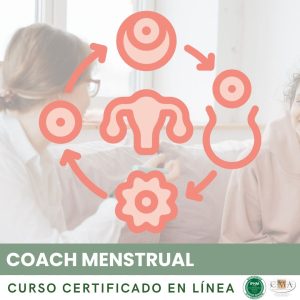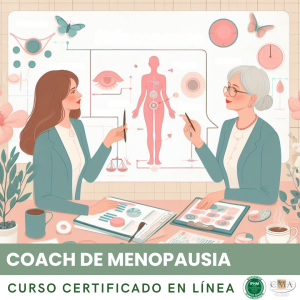
Closing and debriefing techniques for the session are crucial moments for integrating and anchoring the benefits of shared laughter experiences. It’s all about helping participants bridge the gap between the specific space-time of the session and their daily lives, so that the learnings and positive feelings can influence their lives long-term. The facilitator plays a critical role in facilitating this process of integration and transfer.
First, the facilitator guides a phase of calming down and refocusing. After the intensity and excitement of laughter exercises, it’s essential to allow participants to return to their base rhythm and grounding. Deep breathing exercises, progressive relaxation or positive visualization can be suggested to soothe the body and mind. The facilitator can invite a short laughter meditation, savoring the benefits felt in each part of the body. This gentle transition enables us to beautifully close the laughter experience and prepare participants for debriefing.
The debriefing itself is a time for exchange and sharing about the experience of the session. The facilitator encourages participants to express their feelings, highlights, discoveries. He may ask open-ended questions like “What did you particularly enjoy? What did you learn about yourself or about laughter? What image or word summarizes your experience?”. He welcomes all feedback with kindness and curiosity, without judgment. He reinforces the awareness and resonates it with the group’s experience.
The facilitator may also reflect his own observations on the dynamics and progress of the group, highlighting moments of complicity, letting go, creativity. He highlights the resources and strengths that emerged in participants, individually and collectively. This positive and encouraging view strengthens confidence and self-esteem, as well as the sense of belonging to the group.
A key point of the debriefing is to help participants identify the learnings and benefits they want to translate into their daily lives. The facilitator may invite them to consider personal or professional situations where they can rely on the resources of laughter experienced during the session. He can suggest practical applications, such as devoting each day a moment of conscious laughter, practicing breathing exercises or visualization, cultivating a sense of humor in relationships…
To anchor these realizations, the facilitator can propose symbolization and celebration activities. For example, each participant can write or draw on a post-it note a word, sentence, or symbol that summarizes his experience and his commitment for the future. These post-its can be displayed on a board or gathered in a “laughter treasure” envelope that each takes home. Humorous certificates or souvenir items can be given to participants to materialize and honor their experience.
The facilitator concludes the session by transmitting resources to extend the benefits of laughter beyond the session. He can share references to books, videos, websites, or apps to deepen the practice of laughter. He can also inform about upcoming sessions or other activities offered for those wishing to continue the experience. His goal is to encourage autonomy and responsibility of participants in their journey with laughter.
Finally, the facilitator warmly thanks each participant for their presence, commitment, and unique contribution to the group dynamics. He can propose a festive and unifying closing ritual, such as a collective laughter round, a joy dance, or applause. This final celebration strengthens the bonds and gratitude among the participants and with the facilitator. Each can go home with a light heart and a swell of positive energy, ready to spread the seeds of laughter in their daily lives.
In summary, closing and debriefing techniques allow one to fully experience the integration and celebration of laughter benefits. Through a smooth transition, enriching sharing, perspectives on learning, and resource transmission, the facilitator helps participants grow their experience far beyond the session. This crucial phase amplifies and extends the positive effects of laughter on physical, mental, emotional and relational well-being. It embodies the practice of laughter as a true art of living and a joyful philosophy to cultivate day after day.
Key Takeaways:
– Closing and debriefing techniques are crucial for integrating and anchoring the benefits of laughter sessions into participants’ daily lives in a sustainable way.
– The facilitator first guides a return to calm and refocus phase, with breathing, relaxation or visualization exercises to soothe the body and mind.
– The debriefing is a time for exchanges and sharing about the session’s experience, where the facilitator welcomes participants’ feedback with kindness and highlights their realizations.
– The facilitator helps participants identify learnings and benefits to translate into their lives, providing practical application examples and symbolization activities.
– Resources are transmitted to participants to extend the benefits of laughter beyond the session: references, information about upcoming activities, etc.
– The facilitator concludes the session by warmly thanking each participant and proposing a festive and unifying closing ritual.
– This integration and celebration phase amplifies and extends the positive effects of laughter on overall well-being, inscribing this practice as a joyful art of living for everyday life.
👉 To download docx (Editable) file click here : Click here
👉 To download PDF file click here : Click here
👉 To download MP3 file click here : Click here




